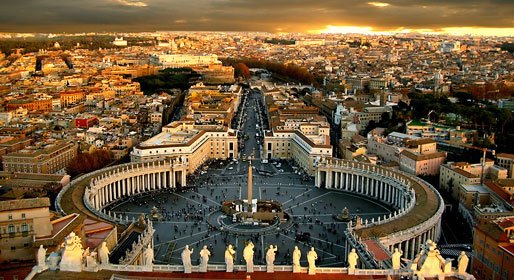Nudity in Ancient Greek Art: In the world of ancient art, no culture embraced the nude human form like the Greeks. From marble statues of ideal athletes to pottery depicting gods, heroes, and mortals, nudity played a central role in Greek artistic expression. But it wasn’t just exhibitionism – nudity in ancient Greek art carried deep symbolic meaning, revealing much about the values, beliefs, and conceptions of the human condition.
Nudity in Ancient Greek Art as an Ideal: Physical and Moral Perfection
To the ancient Greeks, the naked body – especially the male form – was not just aesthetically pleasing; it was the embodiment of arete, or excellence. Physical perfection was seen as a reflection of moral and intellectual virtues. A well-formed body represented discipline, courage, and harmony, qualities that were respected in Greek society.
This is why male nudity was so important in sculptures of athletes and warriors. Myron’s Discobolus (discus thrower) or Polykleitos’ Doryphoros (javelin bearer) are not just depictions of athletic prowess – they are philosophical statements about balance, proportion, and the ideal human being.
Gods, Heroes, and Nudity
In Greek mythology and religious art, nudity was often used to elevate mortals to divine status or to highlight the power and beauty of the gods. Heroes such as Heracles (Hercules) and Achilles were often shown naked to emphasize their semi-divine nature and heroic strength.
Gods, especially male gods such as Apollo and Zeus, were often depicted naked to signify their eternal youth, dominance, and perfection. In contrast, female goddesses were usually clothed in early Greek art but gradually became more exposed in later periods, most famously Praxiteles’ Aphrodite of Kido – the first major sculpture to depict a nude female deity in a sensual yet dignified manner.

Athletics and gymnasium culture
Ancient Greek culture celebrated the human body not only in art but also in everyday life. Athletic competitions were often held in the nude, especially in the gymnasium, a word derived from the Greek gymnos, meaning “naked”. Nudity in sports was a symbol of freedom, equality, and civic pride. It created a space where men could demonstrate physical prowess, compete with honor, and aspire to excellence.
The prominence of athletics in Greek life naturally translated into art. Vase paintings and reliefs often depicted wrestling, discus throwing, and running, presenting the naked figure not as an erotic object, but as a symbol of health, vitality, and noble competition.
Female nudity: modesty and sensuality
While male nudity was celebrated in public and artistic spaces, female nudity was treated with more complexity. In early Greek art, women were rarely shown naked. When they were, it often conveyed themes of weakness, sensuality, or mythological themes—such as the depiction of Aphrodite rising from the sea.
Over time, female nudity became more acceptable in artistic contexts, but it was more sensual and less associated with public virtues than male nudity. This reflects the larger gender norms in ancient Greek society, where women were often excluded from public life and artistic representations served to reinforce their role as objects of desire or symbols of fertility and beauty.
Nudity and vulnerability
Nudity in Greek art could also express weakness and defeat. Fallen warriors, dead enemies, or prisoners were sometimes shown naked or partially covered to indicate their loss of power. In such cases, the naked body was stripped of its former glory, highlighting the fragility of human life and the transient nature of heroism.
The Greek artistic tradition of nude representation profoundly influenced later Western art. During the Renaissance, there was a revival of classical ideals, with artists such as Michelangelo and Botticelli drawing direct inspiration from ancient Greek models. The idea of the nude as a symbol of beauty, divinity, and intellectual harmony became a cornerstone of Western aesthetics.
Even today, ancient Greek nudity shapes discussions around body image, gender, identity, and artistic freedom. Nude images carved into stone thousands of years ago still speak to us – challenging, inspiring, and reminding us of the enduring relationship between the human form and the human spirit.
Read Also: The Evolution of Nudity in Art: From Classical to Contemporary
![]()






One thought on “Nudity in Ancient Greek Art: Symbolism and Significance”